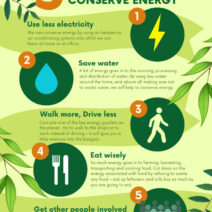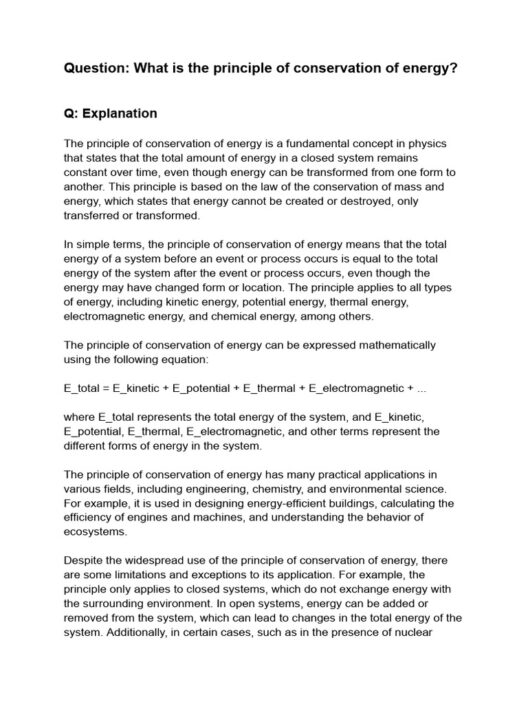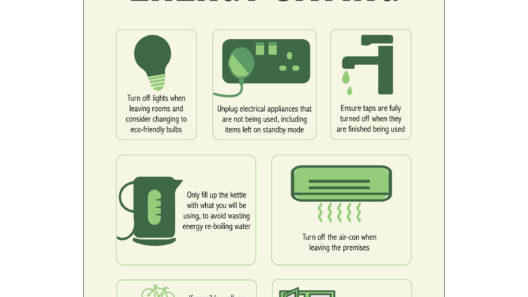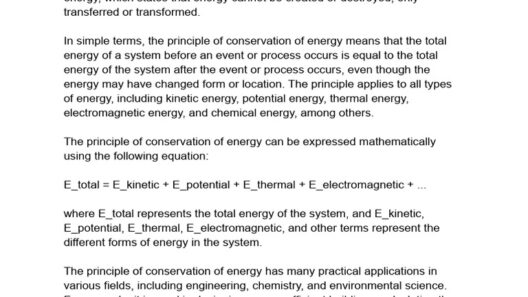In this era of heightened awareness regarding climate change and sustainability, the question arises: how can energy conservation be incorporated into the beautiful game of soccer? Soccer, a sport celebrated for its dynamism and fervor, also presents an opportunity to adopt eco-conscious practices, promoting both athletic prowess and environmental mindfulness. Consciously endeavoring to reduce energy consumption on the pitch bears immediate benefits for players as well as the planet.
Let us pose a playful question: Have you ever thought about how your energy expenditure during a match contributes not just to your performance, but also to the environment? As players dart across the field and engage in intense athletic skill, the energy utilized can be optimized. This piece will explore techniques to conserve energy during soccer matches while remaining agile and engaged, presenting a challenge to both amateur and professional soccer players alike.
One of the quintessential elements that requires consideration is the training regimen of players. Valuing the role of fitness and conditioning ensures that players possess the stamina needed to maintain energy levels throughout the game. This is where endurance training comes into play. By prioritizing cardiovascular conditioning, players become more proficient at utilizing energy efficiently, thereby conserving it during matches. Aerobic exercises, high-intensity interval training, and strength training form the trifecta for developing endurance, enabling soccer players to sustain remarkable performance levels without excessive energy expenditures.
Another noteworthy aspect resides in the tactical awareness of players. Intelligent movement and positioning can significantly curtail unnecessary energy use. Instead of mindlessly sprinting across the pitch, players can hone their spatial awareness and employ judicious positioning to intercept plays. By constantly evaluating the game’s tempo and direction, players can conserve energy by strategically anticipating actions rather than reacting impulsively.
Factor in hydration as an often-overlooked aspect of energy conservation. The balance of internal hydration levels is crucial for optimal performance. Dehydration not only taxes the body but can also diminish endurance, leading to increased energy expenditure as the body struggles to compensate. Players should adopt a proactive approach to their hydration strategy. Consuming water and electrolytes pre-match enhances performance and sustains energy levels, allowing athletes to focus on their game strategy rather than exhausting themselves.
Dietary considerations also play a pivotal role in absorbing and utilizing energy effectively. As such, players ought to be educated on the consumption of nutrient-dense foods that provide sustained energy and enhance overall performance. Incorporating complex carbohydrates, lean proteins, and healthy fats prepares the body for long bouts of activity, thereby promoting energy conservation during strenuous matches. Some might ponder: are you choosing the fuel that best supports your body’s finite energy resources?
In addition, the choice of equipment can also affect energy usage. Lightweight shoes, appropriate for the specific playing conditions, can prevent excessive fatigue. Similarly, breathable uniforms made with moisture-wicking materials mitigate overheating, enabling players to remain comfortable and agile. This comfort translates into more efficient energy deployment throughout the match. Selecting the right gear paves the way for energy efficiency and aids in maintaining focus during gameplay.
Moreover, effective teamwork and communication are fundamental components of energy conservation. By fostering connections on the field, players can enhance their collective performance. A well-coordinated team displays efficiency through minimized overlaps and optimal passing strategies. Thus, instead of each player attacking the same scenario, clear communication allows them to share the workload, allowing for energy conservation through collaborative efforts.
As we delve deeper into the realm of strategy, a fundamental question emerges: how can you apply psychological tactics to conserve physical energy? Mentally visualizing successful plays or strategic moves can alleviate the need for overt physical demonstrations. Players should consider engaging in mental rehearsal and focus on positively visualizing their intended outcomes. This mental agility can enhance situational awareness, allowing for preemptive actions and conserving the necessary energy during high-pressure moments.
Post-match recovery also deserves devoted attention. Energy conservation should extend beyond the field, encompassing recovery practices as well. Implementing post-match hydration, nutrient replenishment, and stretching aids not only in physical recovery but prepares players for future engagements. A well-structured recovery regime can lead to enhanced performance in subsequent matches, reinforcing the value of energy conservation as an ongoing commitment.
At this juncture, it is essential to recognize the broader implications of energy conservation in soccer. The environmental impact of sports is noteworthy. By conserving energy on an individual level, players contribute to a collective endeavor that impacts the sports community and the planet. Taking steps not only enhances personal performance but serves as a call to action for others to adopt energy-efficient practices in various life activities.
In conclusion, incorporating strategies for energy conservation in soccer is both an art and a science. By training methodically, enhancing tactical awareness, embracing effective recovery methods, and fostering team synergy, players can learn to stay agile, stay energized, and engage in responsible sporting practices that prove beneficial for themselves and for the environment. The challenge lies in committing to these strategies wholeheartedly, inspiring others to follow suit, and forging a sustainable path forward in the realm of sports. Let us kick off this movement and set a goal for a greener future while enjoying the exhilarating game of soccer.








